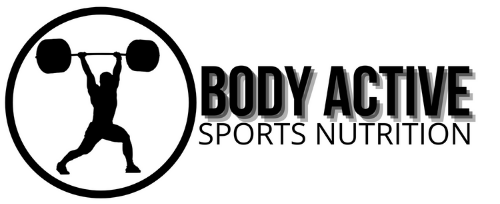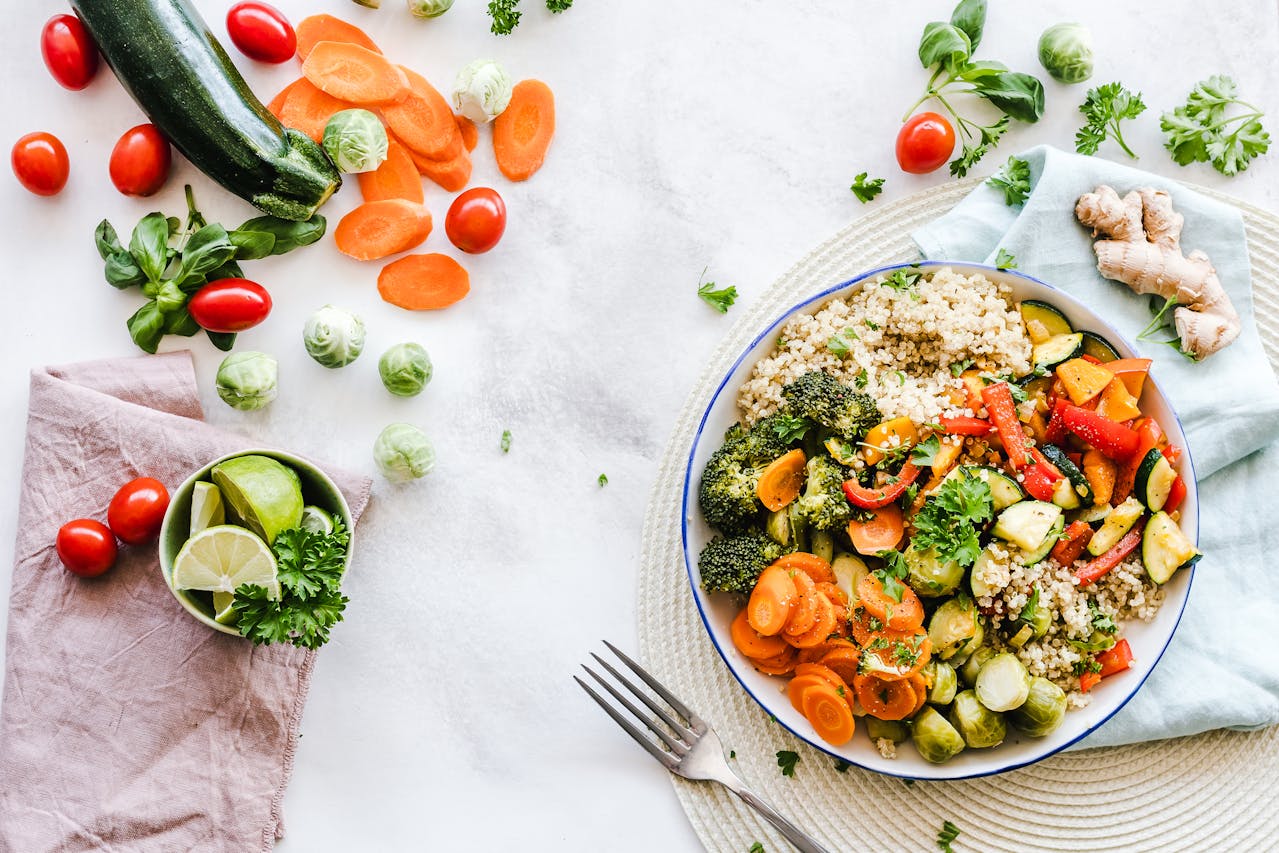In the perpetual quest for effective weight loss strategies, the concept of satiety plays a crucial role. Feeling full and satisfied after meals not only curbs unnecessary snacking but also contributes to overall calorie control. Choosing foods that promote a sense of fullness while aiding in weight loss can be a game-changer for those striving to achieve their health goals. This article explores various foods known for their satiating properties and their role in a balanced, weight-loss-oriented diet.
Understanding Satiety and Weight Loss
Satiety, or the feeling of fullness and satisfaction after eating, is influenced by several factors. These include the food’s volume, nutrient content, fiber composition, and even its macronutrient balance. Research suggests that meals high in protein and fiber tend to promote greater feelings of fullness compared to those high in refined carbohydrates or sugars, which can lead to rapid spikes and drops in blood sugar levels, triggering hunger.
When embarking on a weight loss journey, it’s essential to strike a balance between reducing calorie intake and ensuring adequate nutrition. Foods that make you feel full for longer periods can help achieve this balance more effectively, making it easier to sustain a calorie deficit without succumbing to excessive hunger or cravings.
Top Satiating Foods for Weight Loss
1. Legumes
Legumes such as beans, lentils, and chickpeas are rich in protein, fiber, and complex carbohydrates. These components work synergistically to promote satiety. The high fiber content slows down digestion, keeping you feeling full for longer. Additionally, legumes are low in fat and calories, making them a nutrient-dense choice for weight-conscious individuals.
Incorporating legumes into meals can be as simple as adding them to salads, soups, or stews. They provide a hearty texture and enhance the nutritional profile of any dish while supporting weight loss efforts through their satiating properties.
2. Whole Grains
Unlike refined grains, which are stripped of their fiber and nutrients during processing, whole grains retain their bran and germ layers, which are rich in fiber, vitamins, and minerals. Brown rice, whole wheat, quinoa, and oats are a few types of whole grains. The fiber in whole grains slows down digestion and promotes feelings of fullness.
Replacing refined grains with whole grains in your diet can contribute to better weight management. Whole grains can be enjoyed in various forms, such as porridge for breakfast, whole grain pasta or bread for lunch, or quinoa as a base for salads.
3. Lean Proteins
Protein’s ability to promote fullness is widely recognized. Foods such as chicken breast, turkey, lean cuts of beef or pork, tofu, and fish are excellent sources of lean protein. Protein-rich meals tend to be more filling and satisfying than meals high in carbohydrates or fats.
Including lean proteins in each meal can help regulate appetite and prevent overeating. Grilled chicken salads, stir-fried tofu with vegetables, or baked fish with quinoa are nutritious and filling meal options that support weight loss goals.
4. Vegetables
Vegetables are rich in fiber, vitamins, and minerals, but low in calories. They add bulk and volume to meals without significantly increasing calorie intake. Fiber-rich vegetables such as broccoli, spinach, kale, and Brussels sprouts can enhance feelings of fullness and promote digestive health.
Incorporating a variety of colorful vegetables into meals ensures a nutrient-dense diet that supports weight loss efforts. Raw vegetables with hummus, roasted vegetables as a side dish, or vegetable-packed soups are delicious ways to increase vegetable consumption and promote satiety.
5. Fruits
Although fruits naturally include carbohydrates, they are also a great source of vitamins, antioxidants, and fiber. Whole fruits such as apples, berries, oranges, and pears provide a satisfying crunch and sweetness while contributing to feelings of fullness. The fiber content in fruits slows down the absorption of sugars into the bloodstream, preventing rapid spikes in blood sugar levels.
Enjoying whole fruits as snacks or incorporating them into meals can satisfy cravings for sweetness while supporting weight loss goals. Fruit salads, smoothies with added vegetables, or yogurt topped with berries are nutritious and satiating options.
Practical Tips for Incorporating Satiating Foods
- Meal Planning: Plan meals that include a balance of protein, fiber-rich carbohydrates, and healthy fats to promote satiety.
- Portion Control: Even while consuming nutrient-dense foods, pay attention to portion sizes to prevent overindulging.
- Hydration: Drink plenty of water throughout the day, as dehydration can sometimes be mistaken for hunger.
- Mindful Eating: Pay attention to hunger and fullness cues to prevent mindless eating.
- Physical Activity: Combine a balanced diet with regular physical activity for overall health and weight management.
Conclusion
Choosing foods that promote satiety while supporting weight loss goals is a sustainable approach to achieving a healthier lifestyle. Incorporating nutrient-dense foods such as legumes, whole grains, lean proteins, vegetables, and fruits into your diet can help control hunger, manage calorie intake, and optimize nutritional intake. By making informed food choices and adopting healthy eating habits, individuals can effectively achieve and maintain their desired weight while supporting overall well-being. Remember, the key to successful weight loss lies in nourishing your body with foods that make you feel full and satisfied.

